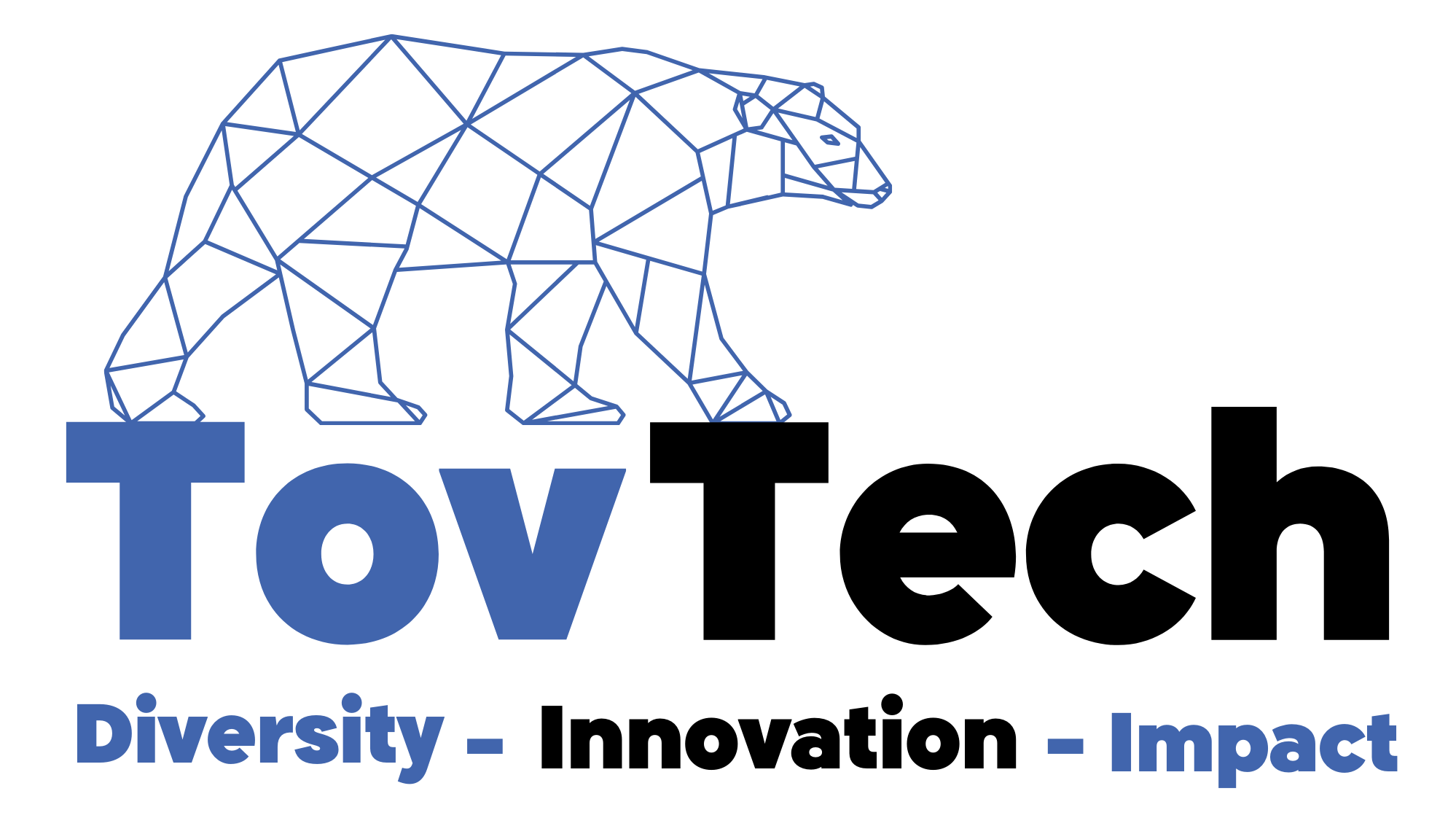Breaking Down Walls: The Importance of Accessible Tech Education in the Modern World
In a world where a smartphone is as essential as a pair of shoes, isn’t it concerning that so many are left behind in the digital revolution?
Accessible tech education has the power to transform lives, bridge divides, and unleash a wave of untapped human potential. Let’s dive into why it’s more than just a good idea – it’s a necessity.
Empowering Individuals with Disabilities
Does the ability to code or design depend on perfect sight, hearing, or physical dexterity?
Absolutely not! Assistive technologies and inclusive design principles can empower individuals with disabilities to become active participants in the tech world, shattering barriers and proving that innovation has no limitations.
Closing the Digital Divide
Is the digital divide just about access to devices, or is there more to the story?
True digital inclusion demands access to education and skills. Socioeconomic factors, geographic location, and lack of awareness shouldn’t hold anyone back from the opportunities of the digital age. Accessible tech education creates a bridge for underserved communities.
Driving Economic Growth
Can focusing on accessibility boost the economy?
Without question! By widening the pool of tech-skilled workers, we fill critical job gaps that drive innovation. Empowering people with tech skills not only benefits them individually but propels entire industries forward.
Designing a More Inclusive World
How can tech education foster a world that works better for everyone?
When developers and designers are equipped with accessibility principles from the start, the products and services they create become inherently more usable by a wider range of people. Simple things like captions, alt-text, and considerate color choices make a big difference.
How Do We Make it Happen?
What does it take to create widespread accessibility within tech education?
Here’s where we all need to focus:
* Inclusive Curriculum:Tech education programs need to incorporate accessibility principles as a core element, not an afterthought.
* Educator Training: Empowering teachers with resources and knowledge about assistive technologies and inclusive design is key.
* Public Awareness: Highlighting the need for accessible tech education through campaigns and initiatives brings broader support.
* Collaboration: Governments, tech companies, and non-profits must work together to create systemic change.
The Ripple Effects of Accessibility
Can something as focused as tech education have a far-reaching impact?
The answer is a resounding yes! When we level the playing field in tech, it has a ripple effect:
* Increased self-reliance for people with disabilities
* Diverse perspectives driving innovation
* Economic opportunity in marginalized communities
* A more user-friendly digital world for everyone
It’s Time to Act
Is waiting for change an option?
The time for accessible tech education is now. Each person left out of the digital revolution is a missed opportunity for innovation, inclusion, and progress. Whether you’re an educator, business leader, policymaker, or simply someone who believes in a fairer future, you have a role to play.
Let’s break down the walls of the digital divide and build a world where everyone has the chance to reach their potential in the tech world.



